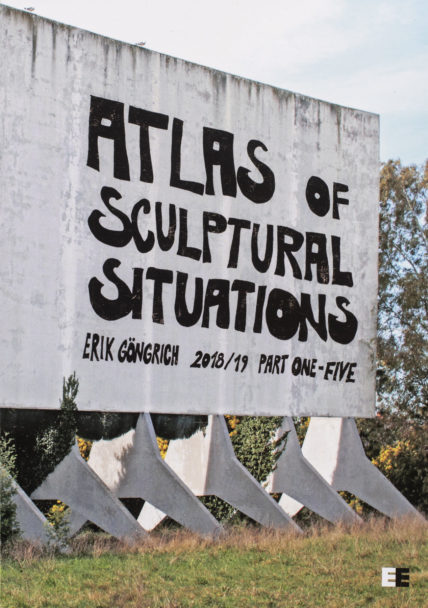
A.A.V.V., VESPER n.2 Author-Matter, 2020
18 Euro

2 in stock
The etymology of the word author refers to an act of creation, an act of augmentation, from the Latin verb augere. Author instantiates creation, the expansion of the pre-existing. In 1967 Roland Barthes declared the death of the author in his famous essay to state once more that the crisis is that of the author as a single subjectivity and as a term that condenses prestige, undermined by the de-subjectivation strategies of automatism, fortuity and fragmentation of the historical avant-gardes, as well as by the machinic act and by the reproducibility of the second avant-gardes.
Fifty years after Barthes’ paradigmatic formula, this lack of authorship appears to be a successful brand. The tensions between the anomie of matter, the law that establishes authorship and the economy that makes the work possible, invoke discordant perspectives. Artists make the self-destruction of their work the real work, and appeal is made for the demolition of architectures, whether by a recognised author or not, in order to re-design, or better still, re-claim the territory. Artificial intelligence consolidates its logics and its design by progressively shedding human ingenuity. The space of criticism becomes, finally, increasingly ephemeral. However, there is an acceptation of criticism that is, rather than an individual ‘signature’, an exploration and explanation of how design makes theory.
The binomial author-matter seeks to mark these tensions and contradictions: the featured term author is maintained to underline the persistence of that prestigious subjectivity, at the very moment when the rhetoric of “matter as an author” promises other forms of authorship.
VESPER, Primavera-estate | Spring-Summer 2020
pp. 216
205×290 mm
brossura
illustrazioni a colore


